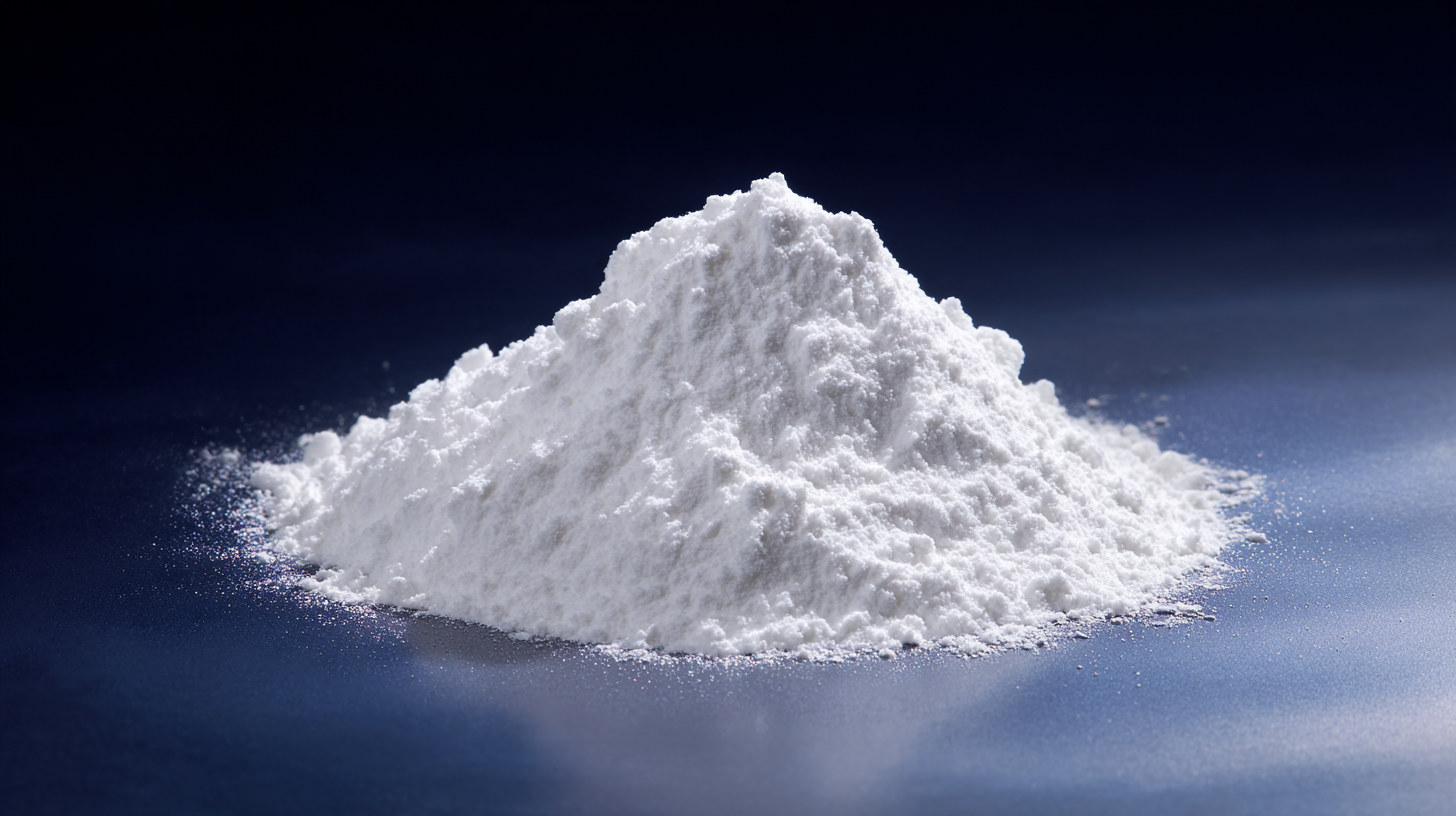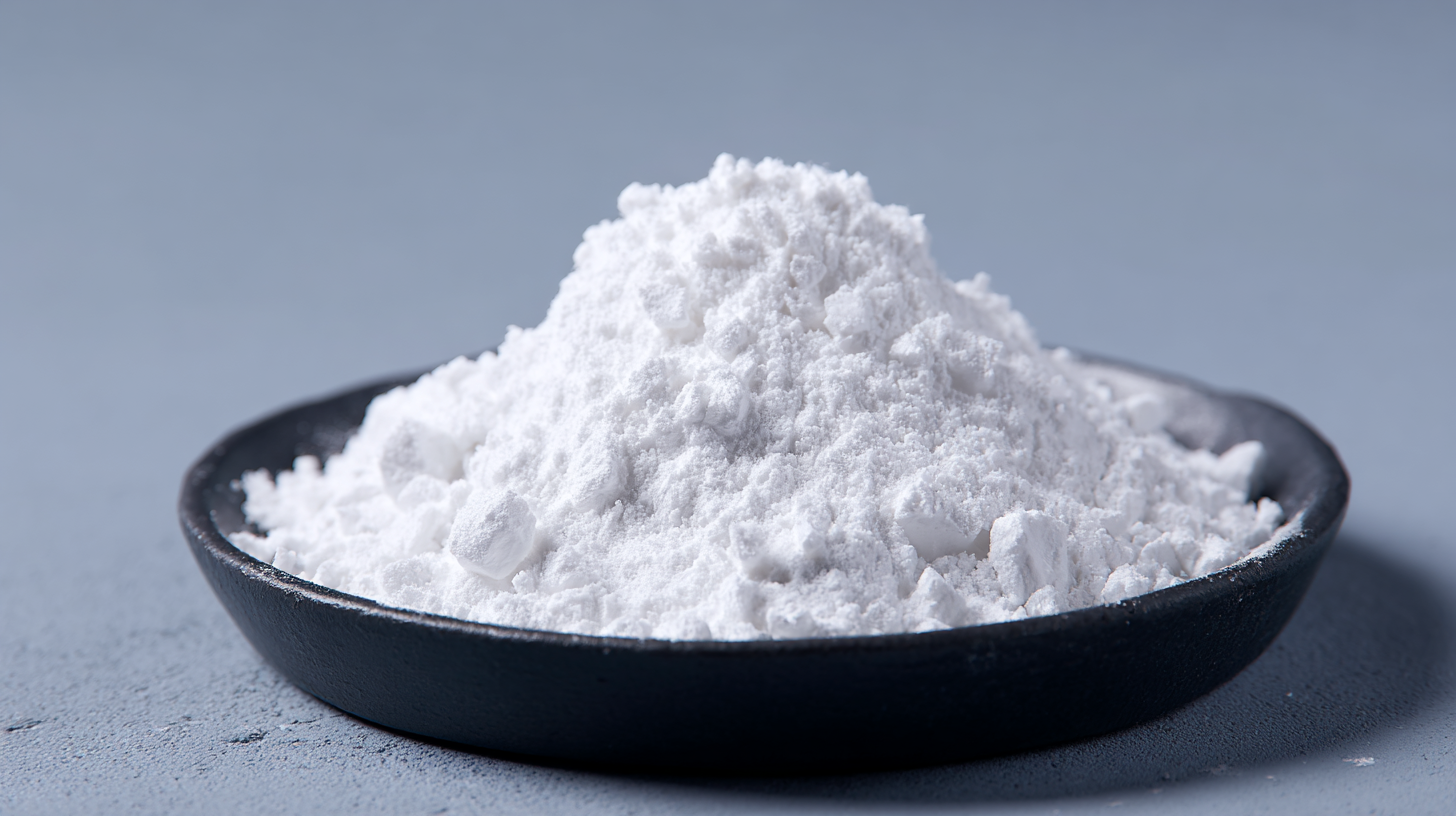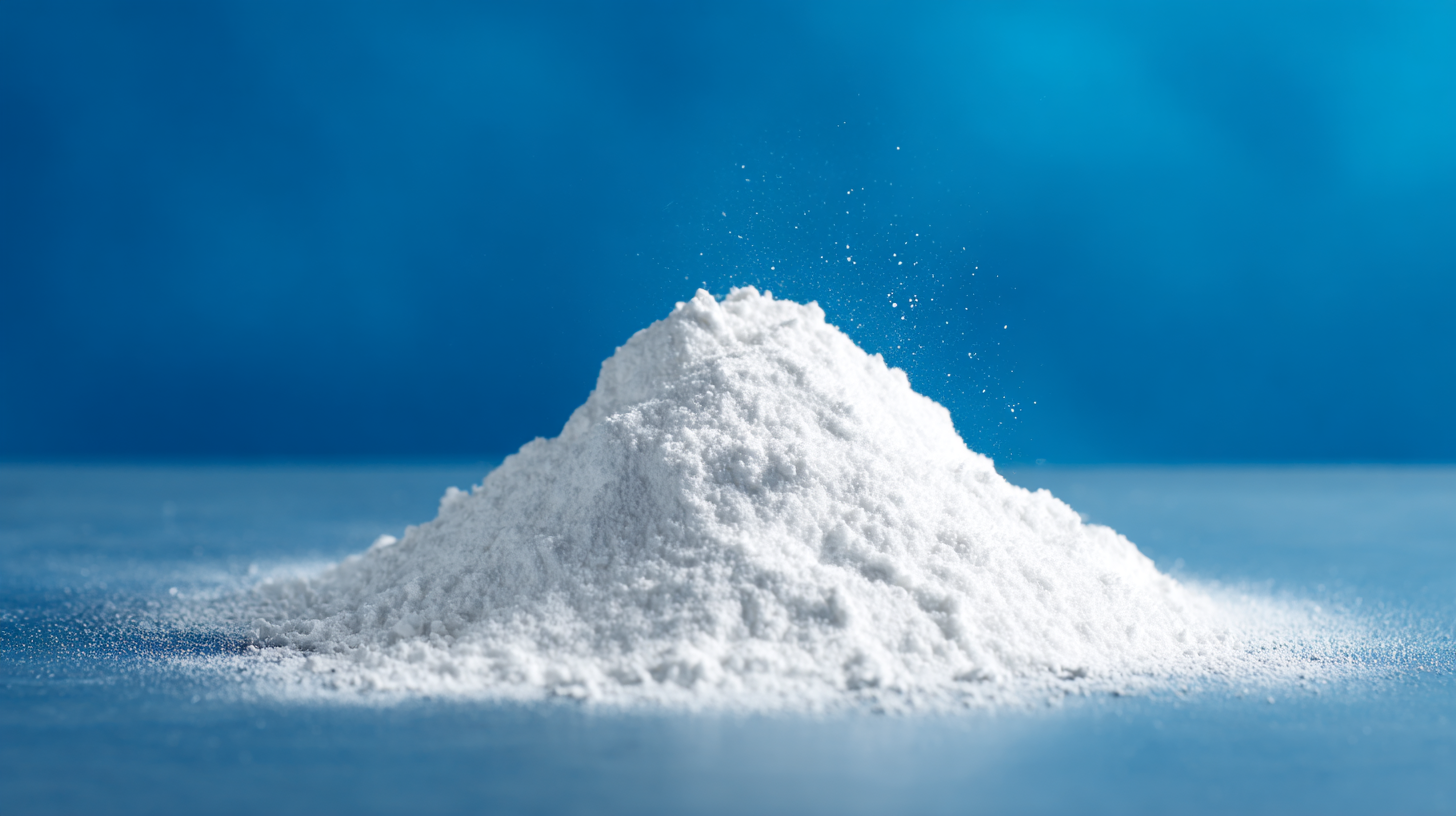As the demand for advanced materials continues to escalate, High Purity Alumina (HPA) has emerged as a crucial component across various industries, from electronics to pharmaceuticals. According to a recent market analysis, the global HPA market is projected to grow significantly, reaching approximately $5.8 billion by 2025, driven by its unparalleled purity levels and superior performance in critical applications such as LED lighting, lithium-ion batteries, and ceramics. With its remarkable properties, HPA not only enhances product longevity and efficiency but also supports the transition to more sustainable technologies. This blog will explore the unique benefits and diverse applications of High Purity Alumina products, shedding light on how they are shaping the future of material science and industrial processes in a rapidly evolving market landscape.

High purity alumina (HPA) plays a pivotal role in advancing modern manufacturing techniques by providing materials with exceptional qualities needed in high-tech industries. HPA, with its minimum purity of 99.99%, offers unparalleled properties such as excellent thermal stability, high dielectric strength, and resistance to corrosion, making it an essential component in various applications. In sectors like electronics and aerospace, the demand for high-performance materials is critical, and HPA fulfills these requirements by ensuring greater efficiency and enhanced longevity of products.
In addition to electronics and aerospace, high purity alumina is increasingly finding its way into the realm of advanced ceramics and nanotechnology. Its application in the production of cutting-edge ceramic components maximizes durability and thermal shock resistance, which are vital for high-stress environments. Moreover, HPA is instrumental in the development of catalysts used in various chemical processes, promoting sustainability in manufacturing. As industries continue to embrace innovation, the integration of high purity alumina into manufacturing processes stands out as a key driver for improved performance and eco-friendly solutions.
High purity alumina (HPA) has gained significant traction in the electronics and LED industries due to its superior properties, including high thermal stability and excellent electrical insulation. According to a report by MarketsandMarkets, the global high purity alumina market is projected to reach USD 1.44 billion by 2025, driven in large part by increased demand in the LED sector. LEDs, known for their energy efficiency, rely on HPA as a substrate material to enhance light output and extend device longevity. The purity of alumina plays a critical role in minimizing defects that can impair performance, reinforcing why manufacturers prioritize sourcing HPA with high purity levels.
In electronics, high purity alumina serves as a critical component in various applications such as semiconductor manufacturing, where its dielectric properties are indispensable for creating high-quality insulating layers. Research from Grand View Research indicates that the semiconductor segment alone is expected to grow at a compound annual growth rate (CAGR) of 9.0% from 2021 to 2027. The push for smaller, more powerful electronic devices enhances the demand for HPA, as its exceptional properties enable the production of smaller and more efficient components, vital for advancing technology in consumer electronics and beyond.
High Purity Alumina (HPA) is emerging as a critical player in various environmental applications, particularly due to its impressive sustainability profile. As industries shift towards greener alternatives, HPA’s high purity levels—often exceeding 99.99%—make it an ideal candidate for eco-friendly solutions. According to a report by MarketsandMarkets, the global HPA market is projected to grow from USD 1.35 billion in 2021 to USD 3.16 billion by 2026, driven by the surge in demand for clean energy technologies and electric vehicles. These sectors require high-performance materials that can withstand rigorous conditions while minimizing environmental impact.
Another significant environmental benefit of HPA is its potential in reducing carbon emissions. Research indicates that using HPA in the production of lithium-ion batteries not only enhances their efficiency but also lowers the overall carbon footprint during manufacturing. A study published in the Journal of Cleaner Production highlights that integrating HPA can optimize battery performance, leading to longer life cycles and decreased waste. Furthermore, its role in catalysts for waste treatment processes cannot be overlooked, where high purity alumina helps in the breakdown of harmful pollutants, thereby contributing to cleaner air and water systems.
| Property | Standard Value | Benefits | Applications |
|---|---|---|---|
| Purity Level | 99.99% | High efficiency in semiconductor applications | Electronics, LEDs |
| Bulk Density | 1.4 g/cm³ | Improved thermal stability | Ceramics, abrasive materials |
| Particle Size | <1 µm | Enhanced surface area for reactions | Catalysts, rechargeable batteries |
| Chemical Stability | pH: 4-10 | Durability in various environments | Environmental remediation, filtration |
| Melting Point | 2050 °C | High temperature resistance | Glass, metallurgy |
High Purity Alumina (HPA) is emerging as a superior alternative to traditional aluminum materials, particularly in sectors demanding high-performance and precision. Unlike conventional aluminum, which has limitations in applications involving advanced electronic devices and high thermal conductivity needs, HPA offers exceptional purity and structural integrity. As highlighted in recent industry reports, the demand for HPA has significantly escalated, driven by the rise in electronics technology, with the market expanding from 13.4 billion yuan in 2019 to an estimated 15.6 billion yuan in 2023.
In contrast to traditional aluminum, the unique attributes of high purity alumina, such as its high melting point and excellent thermal stability, enable it to be utilized in a variety of sophisticated applications, including substrates for electronics and in the production of specialized ceramics. Current trends show that while alumina powder remains predominantly imported, there is substantial potential for domestic production to fill this gap, as indicated by ongoing shifts in the market landscape.
Tips: When selecting materials for high-performance projects, consider the long-term cost-effectiveness of HPA, as its superior properties can lead to reduced failures and maintenance costs. Additionally, keep an eye on the evolving dynamics of the aluminum industry, as emerging technologies continue to drive innovations in material science.

High purity alumina (HPA) is emerging as a key material in various industries, particularly due to its remarkable impact on product durability and performance. As the market for high purity alumina continues to grow, projected to reach approximately $650 million by 2033 with a CAGR of 4.7% from 2025, its applications are becoming increasingly diverse. This growth reflects the vital role that HPA plays in enhancing the properties of products across sectors, including electronics, packaging, and construction.

The unique benefits of high purity alumina include its superior thermal stability, chemical resistance, and electrical insulation. These attributes not only improve the longevity of products but also enhance their operational efficiency. For instance, in the electronics industry, HPA's ability to withstand high temperatures significantly extends the life of components, making it an essential material for manufacturers.
Tip: When selecting high purity alumina for your products, consider its specific application requirements, such as thermal and electrical properties, to maximize performance. Additionally, keeping abreast of market trends and innovations can help you leverage HPA’s benefits effectively in your production processes. Focus on procurement strategies that align with the growing demand to ensure a competitive edge in your industry.
